Nestled in the heart of the Italian Alps, Trento stands as a remarkable university town where education and stunning mountain scenery blend perfectly. I discovered this hidden gem during my travels through Northern Italy last year.
I was immediately struck by how the University of Trento has shaped this charming Alpine city. Founded in the 1960s, the University of Trento has grown to become one of Italy’s most prestigious academic institutions, bringing intellectual energy to this mountain paradise.
The city sits in a picturesque river valley beneath the famous Dolomites, creating a unique setting where students can attend morning lectures in the historic city center and hit the mountain trails by afternoon.
This special balance between academic life and natural beauty gives Trento its distinctive character that sets it apart from other Italian destinations.
Exploring Trentino’s cultural heritage feels like stepping into a living museum where Alpine traditions meet Italian sophistication. I loved wandering through Trento’s charming streets, where medieval architecture stands alongside modern university buildings.
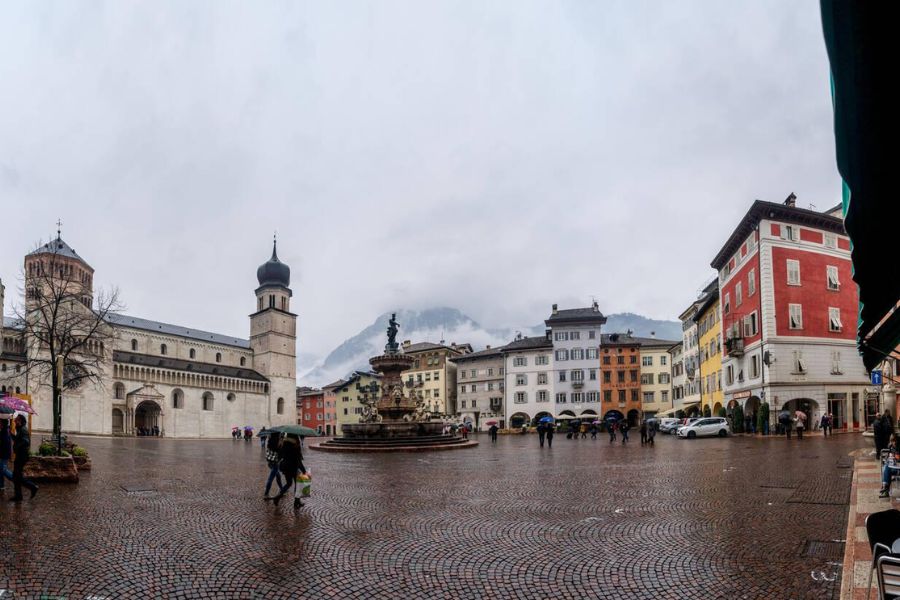
The region’s unique position between Italy and Austria has created a fascinating cultural blend that’s evident in everything from the local cuisine to the bilingual street signs.
The Heart of Trentino: A Scholarly Sanctuary
Trento stands as a Renaissance pearl nestled in the Italian Alps, where academic excellence and historical richness create a unique atmosphere. This medieval city has evolved into an intellectual haven while preserving its cultural heritage.
The Esteemed University of Trento
The University of Trento ranks among Italy’s top academic institutions. I was amazed by its modern facilities that contrast beautifully with the historical setting of the city. Founded in 1962, it has quickly risen to prominence in fields like international studies, cognitive science, and engineering.
Students from around the world fill the cobblestone streets, bringing a vibrant energy to this Alpine city. The university hosts numerous research centers that contribute to Trento’s reputation as an intellectual hub.
When I visited the campus, I noticed how seamlessly it integrates with the city. Unlike isolated campuses elsewhere, here academic life and city life blend together naturally.
A Seamless Blend of Medieval and Modern
Trento captures your imagination with its frescoed townhouses built atop ancient Roman foundations. The city center features beautifully preserved medieval architecture alongside contemporary spaces.
The Buonconsiglio Castle stands as the most impressive medieval structure in town. I spent hours exploring its ornate rooms and magnificent frescoes that tell stories of the region’s past.
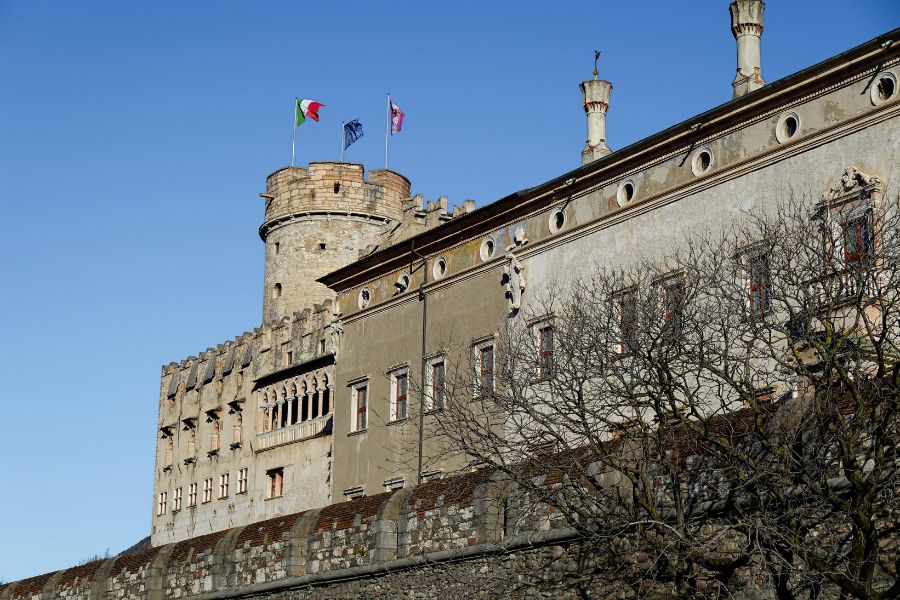
What struck me most was how the academic community embraces these historical settings. Students study in centuries-old buildings that have been thoughtfully renovated to serve modern educational needs.
Many buildings in the historic center display colorful frescoes on their facades, creating an open-air museum effect. This unique mixture of scholarly atmosphere and historical significance makes Trento truly special.
Trentino’s Natural Splendor
Trentino’s landscape took my breath away with its stunning alpine scenery and outdoor opportunities. The region combines dramatic mountain backdrops with extensive trail networks that invite visitors to explore its natural wonders.
Magnificent Mountain Backdrops
The Dolomites dominate Trentino’s skyline with their distinctive pale limestone peaks. I was stunned by how these UNESCO World Heritage mountains catch the light at sunrise and sunset, creating a phenomenon locals call “enrosadira” when the rocks glow pink and orange.
Lake Garda’s northern shores offer another spectacular setting where mountains plunge dramatically into crystal-clear waters. The contrast between alpine peaks and Mediterranean vegetation creates a unique microclimate.
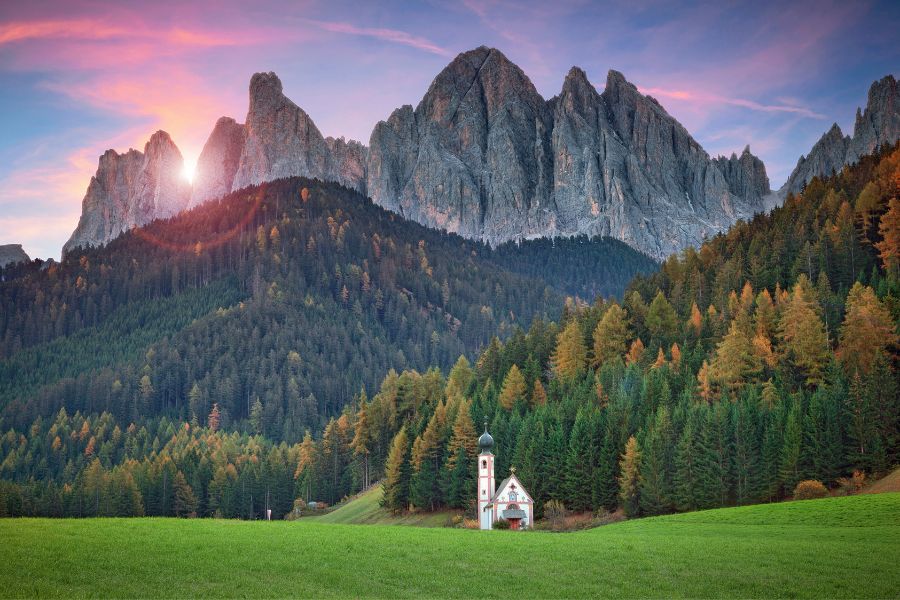
Pine forests blanket the lower slopes, giving way to alpine meadows filled with wildflowers in spring and summer. The landscape changes character with the seasons – from snow-covered winter wonderlands to vibrant autumn foliage.
Adventure Awaits: Hiking and Cycling Trails
Trentino boasts over 5,000 kilometers of marked hiking trails ranging from gentle family walks to challenging alpine routes. I found the network incredibly well-maintained with clear signage and mountain refuges providing welcome rest stops.
Cycling enthusiasts will love the dedicated paths following river valleys and connecting historic villages. The famous Dolomiti Brenta Bike circuit offers mountain bikers a challenging route around the Brenta Dolomites.

For serious adventurers, the via ferrata routes – protected climbing paths with fixed cables – provide access to breathtaking vantage points. Even as a novice, I felt safe trying these routes with proper equipment and guidance.
Winter transforms Trentino into a paradise for snow sports with extensive skiing areas and snowshoeing trails through silent forests.
Culinary Journeys in the Mountain Town
Trentino’s mountain university town offers a remarkable food scene that blends Alpine traditions with Italian sophistication. The culinary landscape here reflects both the academic culture and the region’s unique geography.
Savoring Local Cuisine
I’ve discovered that dining in Trentino’s university town means experiencing a delightful fusion of northern Italian and Austrian influences. The local specialty canederli—bread dumplings often served in broth—quickly became my favorite comfort food during chilly mountain evenings.
Students and professors alike gather at traditional trattorias where handmade gnocchi and hearty spaetzle showcase the region’s culinary heritage. These dishes tell stories of cultural exchange across the Alps.
What surprised me most was the prevalence of polenta, served with rich game meats and mountain cheeses. Many restaurants source ingredients directly from nearby alpine farms, creating a farm-to-table experience that’s both authentic and sustainable.
Local food festivals punctuate the academic calendar, with the whole town celebrating seasonal specialties like mushrooms in fall and berries in summer.
The Wine Enthusiast’s Haven
Trentino’s viticultural traditions have flourished alongside its academic institutions, creating a unique wine culture in this mountain university town.
The region specializes in exceptional sparkling wines made using the traditional method, known locally as Trentodoc. These bottles rival many famous Champagnes but remain wonderfully affordable—perfect for student celebrations and faculty gatherings.
Wine bars tucked between ancient academic buildings offer tastings of indigenous varietals like Teroldego, Marzemino, and Nosiola. I’ve spent many evenings learning about these wines from passionate sommeliers who explain the influence of mountain terroir.
Local wineries welcome visitors for tours that blend scientific knowledge with tasting experiences. The university even offers specialized courses in viticulture, connecting academic pursuit with this delicious local tradition.
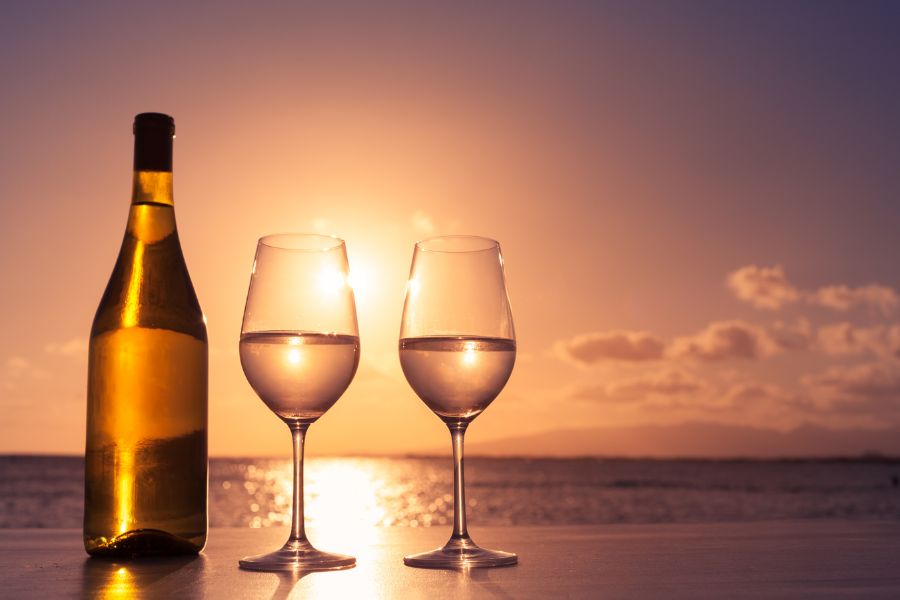
Students often develop sophisticated palates during their time here, carrying Trentino’s wine appreciation with them wherever they go after graduation.
Integrating Culture and Community
The mountains of Trentino create a unique backdrop for cultural exchange where centuries-old traditions blend with academic innovation. Within this university town, culture isn’t just preserved—it’s actively celebrated and reinvented through community engagement.
Festivals and Events Celebrating Trentino’s Heritage
I’ve found that festivals serve as the heartbeat of Trentino’s cultural identity. Each season brings unique celebrations that connect locals and students alike. The Festa dell’Uva (Grape Festival) in autumn transforms the cobblestone streets into a vibrant celebration of the harvest, with wine tastings and traditional music echoing through mountain valleys.
Winter brings the magical Christmas markets, where I’ve spent hours warming my hands on mulled wine while browsing handcrafted gifts. The Alpine influence is evident in February’s Snow Festival, featuring incredible ice sculptures that university art students help create.
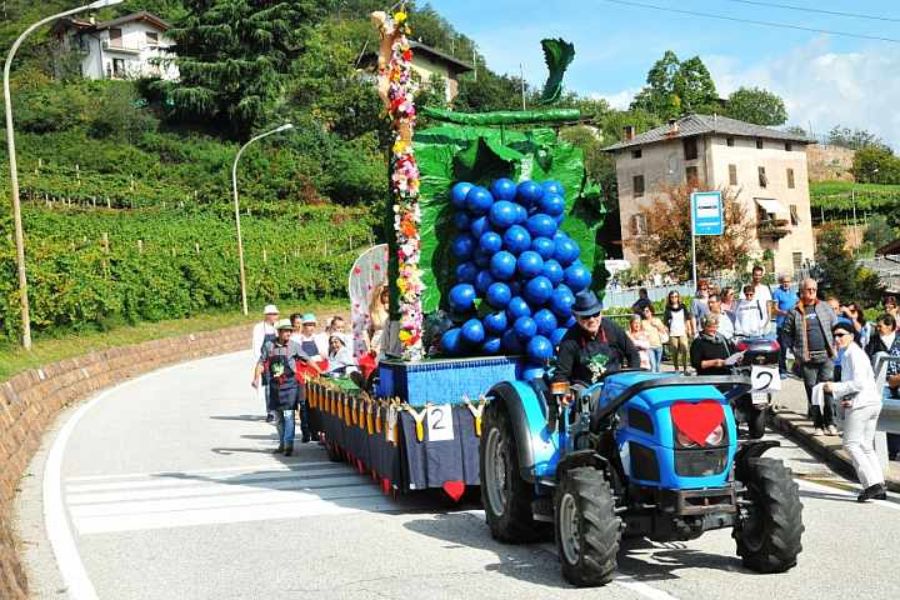
My favorite might be the Sounds of the Dolomites summer festival, where classical music concerts are held in natural mountain amphitheaters. These events don’t just entertain—they actively preserve Trentino’s heritage while creating bridges between the academic community and local traditions.
The Artistic Landscape and Legacy of the Renaissance
Walking through this university town feels like stepping into a living Renaissance textbook. The architectural harmony of the historic center showcases how Italian Renaissance ideals were adapted to Alpine settings.
The university’s Art History Department maintains several small galleries where I’ve discovered works by regional masters influenced by both Venetian and Northern European styles. These spaces host rotating exhibitions that often feature student interpretations alongside historical pieces.
Renaissance influence extends beyond traditional art forms. Local craftspeople still practice woodworking techniques passed down for generations, creating distinctive furniture with geometric patterns that echo Renaissance design principles.
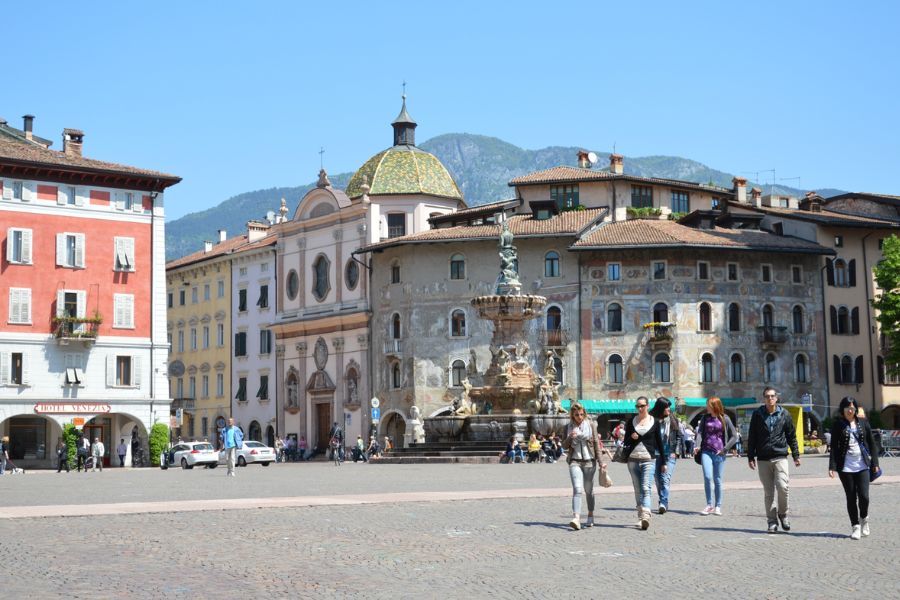
The university library houses an impressive collection of illuminated manuscripts that scholars travel from around the world to study. I’ve spent hours in specialized workshops where traditional bookbinding and paper-making techniques are taught to preserve these Renaissance crafts for future generations.
From Trentino to Greater Italy: Exploring Beyond
While Trento offers a unique blend of alpine charm and academic energy, the surrounding regions of Italy hold their own treasures waiting to be discovered. The central location of Trentino makes it an ideal base for venturing into some of Italy’s most celebrated destinations.
Day Trips to Neighboring Regions
Venice is just a 2.5-hour train ride from Trento, making it perfect for a day trip. I’ve found early morning departures give you a full day to explore the floating city before the crowds become overwhelming. The contrast between mountainous Trento and Venice’s canals creates a refreshing change of scenery.
Milan, Italy’s fashion and business capital, is accessible in under 3 hours. The magnificent Duomo and the elegant Galleria Vittorio Emanuele II shopping arcade are must-sees. I recommend booking tickets for Leonardo da Vinci’s Last Supper well in advance!
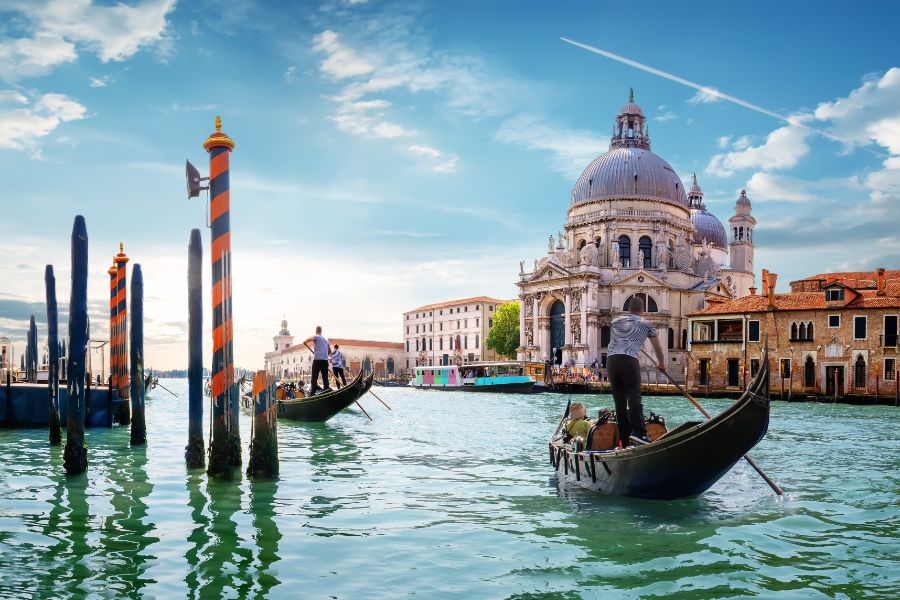
Lombardy’s Lake Garda lies just an hour from Trento. Its microclimate supports olive groves and lemon trees that seem out of place so close to the Alps. The lakeside towns of Riva del Garda and Malcesine offer charming waterfront promenades.
The Wider World of Italian Excellence
Bologna in Emilia-Romagna is Italy’s culinary heartland. I’ve spent entire days sampling tagliatelle al ragù (the authentic “bolognese”) and mortadella in its birthplace. The city’s medieval porticoes provide welcome shade during summer explorations.
Florence and Tuscany lie within reasonable weekend-trip distance. The Uffizi Gallery houses masterpieces by Botticelli, Michelangelo, and Leonardo da Vinci. I suggest climbing Brunelleschi’s dome for breathtaking city views.
Rome deserves at least three days. But even a whirlwind visit captures the eternal city’s magic. From the Colosseum to Vatican City, each street corner reveals another layer of Italy’s rich history. My favorite memory is enjoying gelato at sunset near the Spanish Steps.

